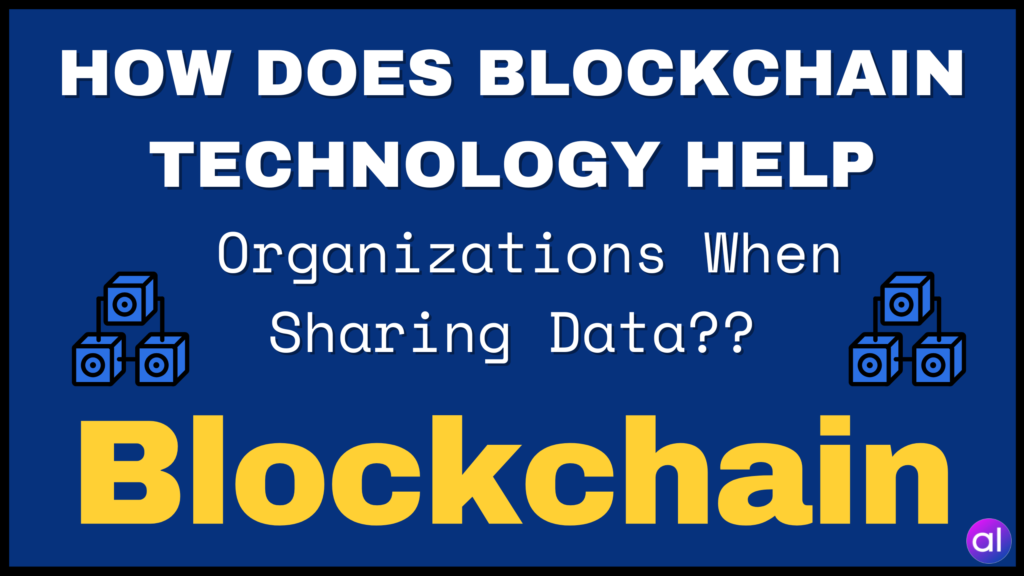In the realm of Ethereum scalability solutions, the sequencer plays a crucial role in the operation of rollups. This entity is responsible for ordering, executing, and aggregating off-chain transactions before they are published on the layer-1 blockchain. By enhancing scalability and efficiency, the sequencer helps reduce gas costs and expedite transaction finalization.
Defined as a node, the sequencer processes transactions within the rollups and packages them into batches for submission to Ethereum. The architecture of the sequencer, whether centralized or decentralized, directly impacts key aspects such as transaction order, data availability, and resistance to censorship.
In different types of rollups – Optimistic, zk-rollup, and Validium – the sequencer plays varying roles in transaction processing and verification. While the specifics may differ, the overarching goal remains the same: to optimize the performance of layer 2 solutions on Ethereum.
The Workflow of Sequencers in Ethereum Rollups
Delving deeper into the tasks of sequencers, we uncover a three-step workflow: collection and sorting of transactions, execution, and publication on Ethereum. Each step is crucial in ensuring the smooth operation of the rollup network and the integrity of transaction data.
The Challenge of Centralization in Sequencers
Currently, the majority of sequencers in Ethereum are centralized, with a single node overseeing the connection between layer 2 and layer 1. While this configuration is a practical necessity in the early stages of rollups, it poses risks related to security, censorship, and trust.
As rollups progress towards decentralization, solutions for node sharing and federation are being explored to mitigate the vulnerabilities associated with centralized sequencers. The balance between efficiency and decentralization is crucial in ensuring the robustness of the second-level network.
The Dual Nature of Centralization: A Case Study of Linea
The incident involving the Linea layer-2 network highlights the complex dynamics of centralization in sequencers. During a hack on the Velocore protocol, Consensys took the drastic step of shutting down the sequencer to prevent further exploitation of vulnerabilities. While this decision averted a financial crisis, it also raised concerns about the centralized control wielded by layer-2 operators.
The delicate balance between security and decentralization is a recurring theme in the evolution of Ethereum scalability solutions. As the ecosystem matures, finding sustainable models for sequencer governance is essential in ensuring the resilience of the network.



